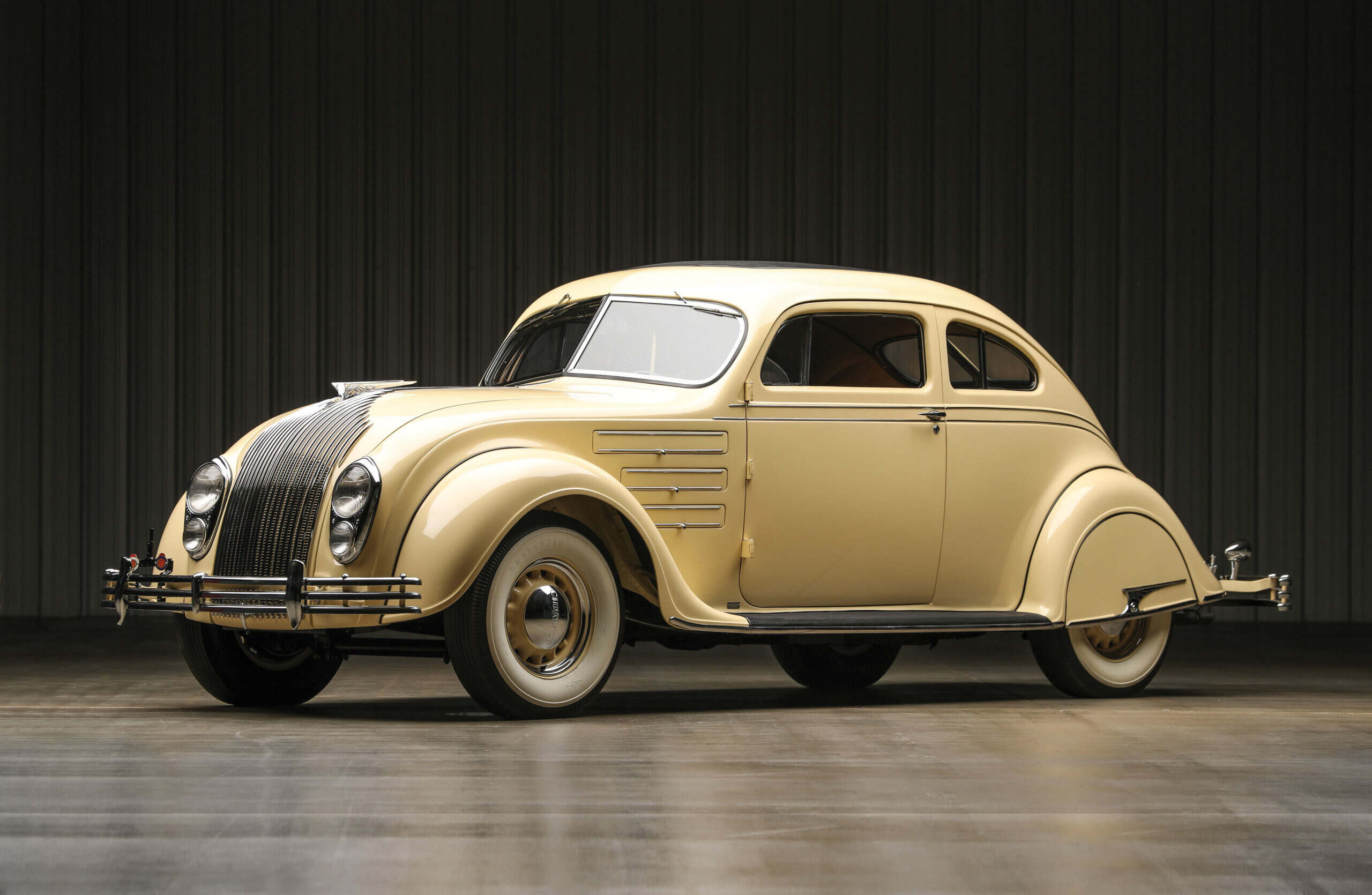
What makes the Chrysler Airflow a standout in automotive history? The Chrysler Airflow, introduced in the 1930s, was a game-changer. It was the first car designed with aerodynamics in mind, making it look sleek and futuristic. This car was ahead of its time, featuring innovations like a unibody construction and a more balanced weight distribution. Despite its groundbreaking design, it faced a tough market and didn't sell well. However, its influence on car design can't be ignored. The Chrysler Airflow paved the way for modern automotive engineering, proving that function and form could coexist. Let's dive into 26 fascinating facts about this iconic vehicle.
The Birth of Chrysler Airflow
The Chrysler Airflow, introduced in the 1930s, was a revolutionary vehicle that changed the automotive industry. Let's dive into some fascinating facts about this iconic car.
-
The Chrysler Airflow was first introduced in 1934, marking a significant departure from traditional car designs of the era.
-
It was the first American car to be designed using a wind tunnel, emphasizing aerodynamics over traditional boxy shapes.
-
The Airflow's streamlined design reduced air resistance, making it more fuel-efficient and faster than many competitors.
-
Chrysler engineers moved the engine forward and the passenger compartment back, improving weight distribution and handling.
Innovative Features
The Chrysler Airflow wasn't just about looks; it came packed with innovative features that were ahead of its time.
-
The car featured a unibody construction, which was stronger and safer than the body-on-frame designs common at the time.
-
It had a flat, smooth underbody to reduce drag and improve airflow beneath the car.
-
The Airflow was one of the first cars to have a V8 engine option, providing more power and performance.
-
It included hydraulic brakes, which were more efficient and reliable than the mechanical brakes used by many other cars.
Market Reception
Despite its groundbreaking design and features, the Chrysler Airflow faced challenges in the market.
-
The radical design was too ahead of its time for many consumers, leading to poor sales.
-
Traditionalists preferred the more familiar, boxy designs of other cars, making the Airflow a tough sell.
-
The Great Depression also impacted sales, as fewer people could afford new cars.
-
Chrysler had to quickly redesign the Airflow to make it more appealing, but it was too late to save its reputation.
Legacy and Impact
Though not a commercial success, the Chrysler Airflow left a lasting legacy in the automotive world.
-
The car's aerodynamic principles influenced future car designs, leading to more streamlined and efficient vehicles.
-
It demonstrated the importance of safety and structural integrity in car design, paving the way for modern safety standards.
-
The Airflow's unibody construction became the standard for most cars in the following decades.
-
Despite its commercial failure, the Airflow is now considered a classic and is highly sought after by collectors.
Cultural Significance
The Chrysler Airflow also made its mark in popular culture and media.
-
It appeared in several movies and TV shows, often symbolizing innovation and forward-thinking.
-
The car was featured in advertisements that highlighted its futuristic design and advanced features.
-
It became a symbol of the Art Deco movement, with its sleek lines and modern aesthetic.
-
The Airflow's design influenced other industries, including aviation and architecture, showcasing the power of cross-industry innovation.
Collectibility and Restoration
Today, the Chrysler Airflow is a prized possession for car enthusiasts and collectors.
-
Restoring an Airflow can be a challenging but rewarding project, given the car's unique design and engineering.
-
Original parts can be hard to find, making restorations a labor of love for dedicated collectors.
-
Restored Airflows can fetch high prices at auctions, reflecting their historical significance and rarity.
-
Car shows and museums often feature the Airflow, celebrating its place in automotive history.
Fun Facts
Let's wrap up with some fun and lesser-known facts about the Chrysler Airflow.
-
The car's design was inspired by the shape of a fish, emphasizing natural aerodynamics.
-
Despite its initial failure, the Airflow is now celebrated as one of the most innovative cars of the 20th century.
The Legacy of Chrysler Airflow
The Chrysler Airflow left a lasting mark on automotive history. Its innovative design and aerodynamic features were ahead of their time, influencing future car designs. Though it wasn't a commercial success, the Airflow's impact on automotive engineering can't be ignored. It introduced streamlined shapes, improved fuel efficiency, and set new standards for safety and comfort.
Collectors and car enthusiasts still admire the Airflow for its unique look and engineering marvels. It serves as a reminder that innovation often comes with risks but can lead to significant advancements. The Airflow's story is a testament to Chrysler's bold vision and willingness to push boundaries.
In the end, the Chrysler Airflow remains a symbol of automotive ingenuity, inspiring future generations to think outside the box and drive forward with creativity and courage.
Was this page helpful?
Our commitment to delivering trustworthy and engaging content is at the heart of what we do. Each fact on our site is contributed by real users like you, bringing a wealth of diverse insights and information. To ensure the highest standards of accuracy and reliability, our dedicated editors meticulously review each submission. This process guarantees that the facts we share are not only fascinating but also credible. Trust in our commitment to quality and authenticity as you explore and learn with us.
